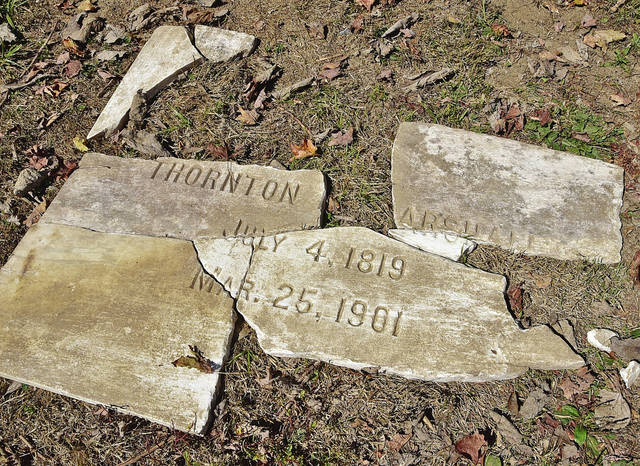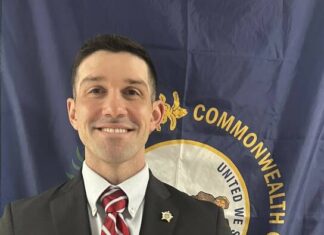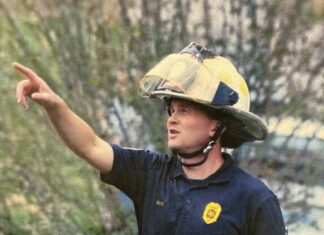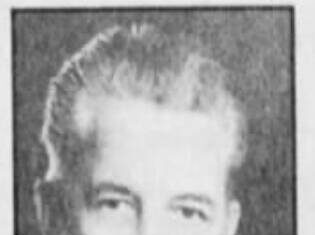AUGUSTA — Volunteers who have been working to clean up the Cemetery on the Hill are looking for assistance with a plaque that was recently found.
Allen Sellers, who has been leading the charge to clean the cemetery, said volunteers found a broken plaque about two weeks ago. The plaque had the name Thornton Marshall and the dates of his life from 1819 to 1901 engraved on it.
According to Sellers, volunteers were searching for a rock to slide under another tombstone when a stack of stone pieces were discovered buried 150 yards from Marshall’s tombstone. The pieces were put together by the volunteers only to discover the plaque had Marshall’s name on it.
“There are no dates on his tombstone, but the plaque has his name and the dates of his life on it,” he said. “We know it’s not a tombstone. It’s only about three quarters of an inch thick — it’s a plaque. The pieces were stacked up and buried, so we believe it was deliberate.”
Sellers said he is trying to find information on the whereabouts of the remaining plaque pieces and the original location of the plaque.
“If anyone has information or a picture of the plaque location, we would greatly appreciate it,” he said.
Anyone with information on the plaque can call Sellers at 606-402-0803.
According to the Encyclopedia of Northern Kentucky, Marshall was born in Augusta on July 4, 1819. He attended Augusta College and Centre College, after which he began studying law with his father. He married Anna Mackie in 1841 and opened his own law practice in 1842. The following year, he became the Bracken County Attorney and served in that capacity for 16 years.
He ran for state senator as a Democrat in 1851 and was elected.
Gov. Beriah Magoffin, during the Civil War, called a special session in May 1861, hoping Kentucky legislators would cast a secession vote. However, legislators voted to remain in the union, with Marshall being credited as casting the deciding vote.
He died in his home on Riverside Drive in 1901. After his death, he left a large donation to the city of Augusta in order to build a waterworks and electrical light plant, according to the encyclopedia.






